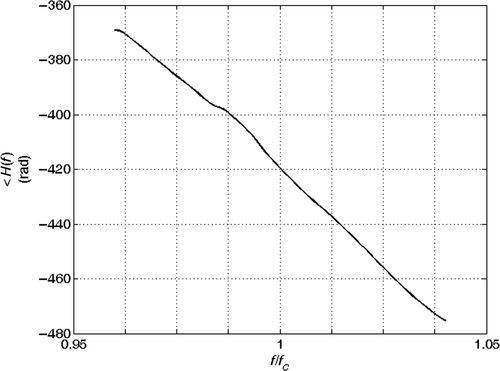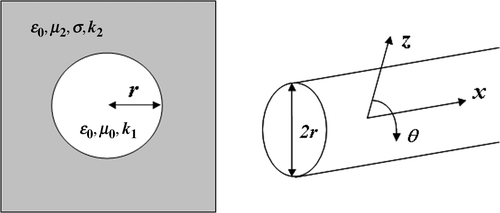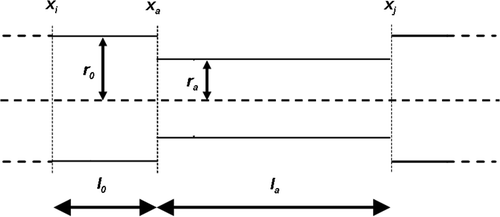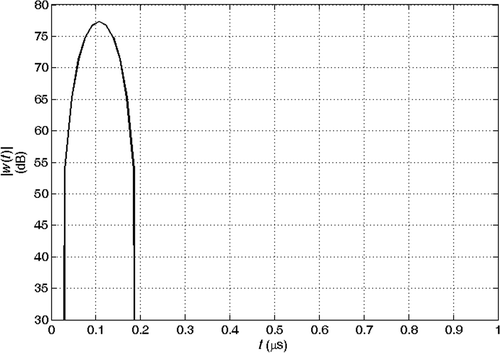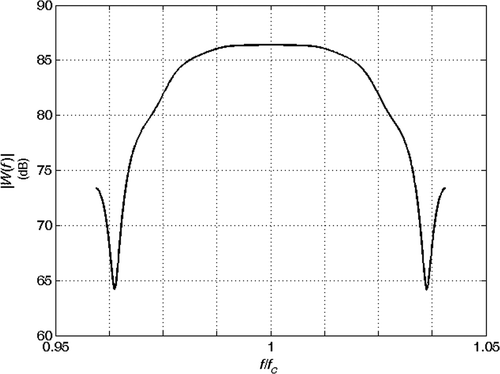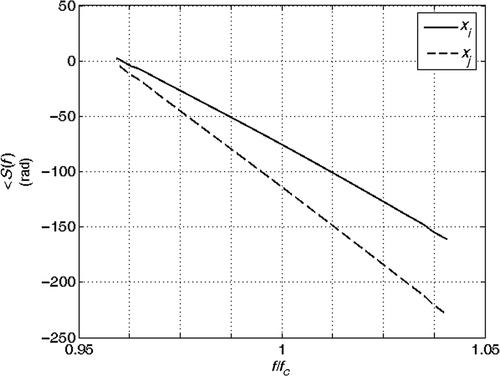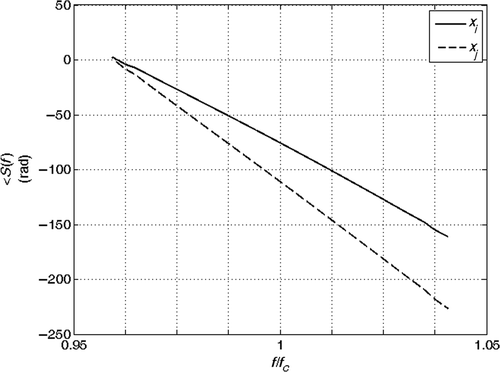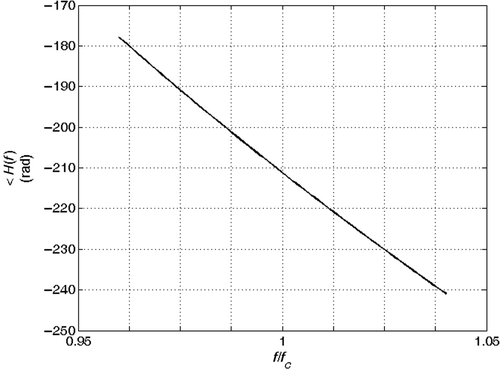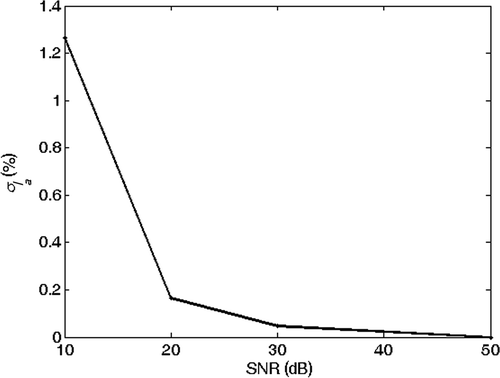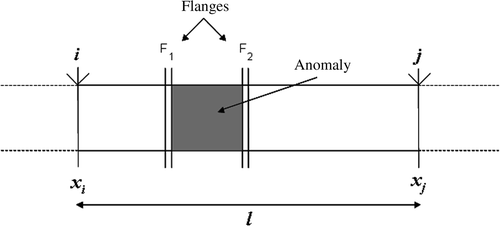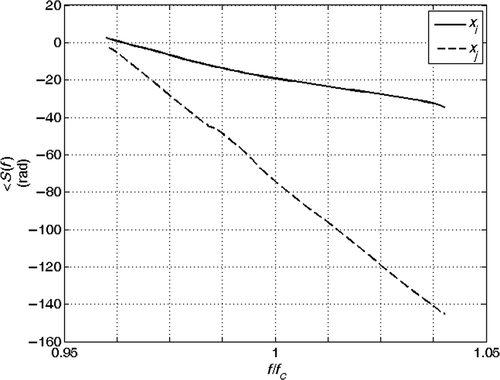Figures & data
Figure 5. Lookup-table with different curves βi(f) for different pairs (la, rap)i. Note: la varies from 0 to 12 m with steps of 1 m; rap varies from 0% to 10% with steps of 1%. The curves are not equally spaced and the mapping is strongly non-linear.
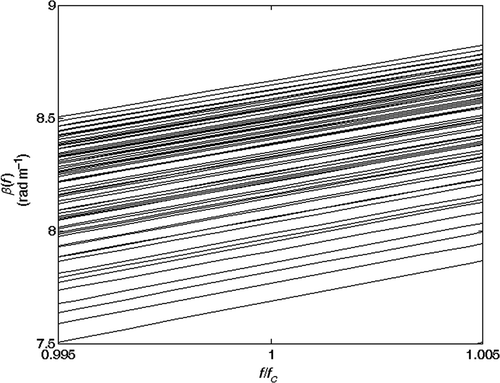
Figure 6. βi(f) curves as a function of normalized frequency, for some (la, ra)i pairs. Section length ls = 12 m.
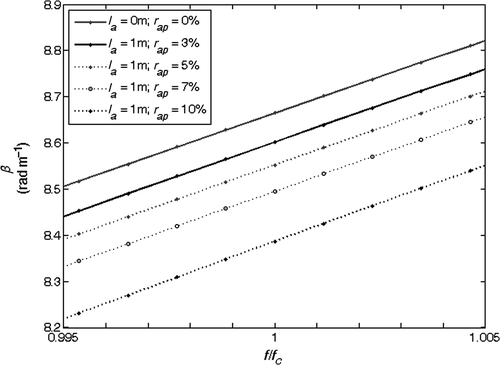
Figure 7. βi(f) curves as a function of normalized frequency, for some (la, ra)i pairs. Section length ls = 24 m.
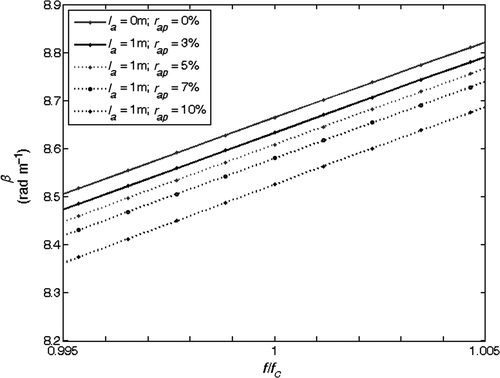
Figure 11. Absolute value of the echoes from the joints at coordinates xi and xj: la = 0 m, rap = 0%.
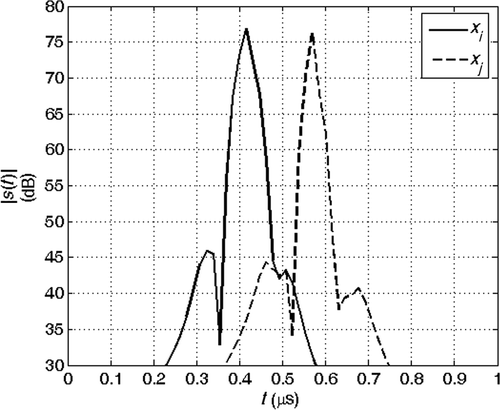
Figure 12. Absolute value of the echoes from the joints at coordinates xi and xj: la = 2 m, rap = 3%.
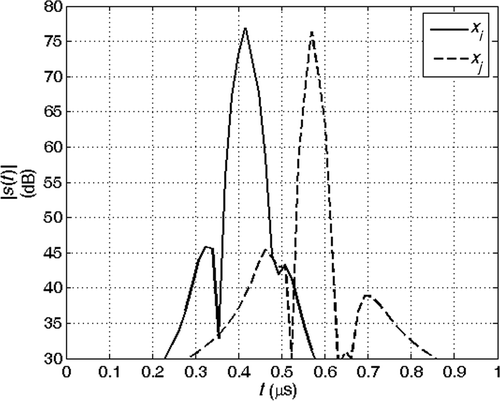
Figure 17. Mean value of the inverted anomaly length versus SNR. Exact solution: la = 2 m and rap = 3%.
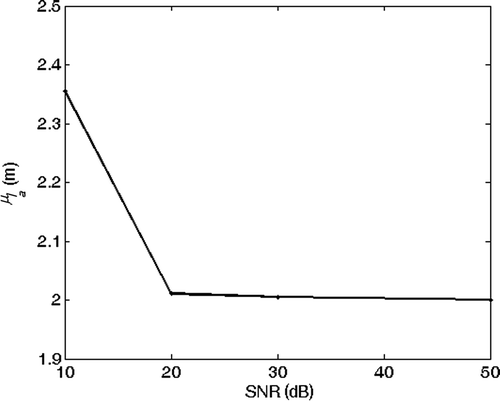
Figure 19. Mean value of the inverted percentage radius reduction versus SNR. Exact solution: la = 2 m and rap = 3%.
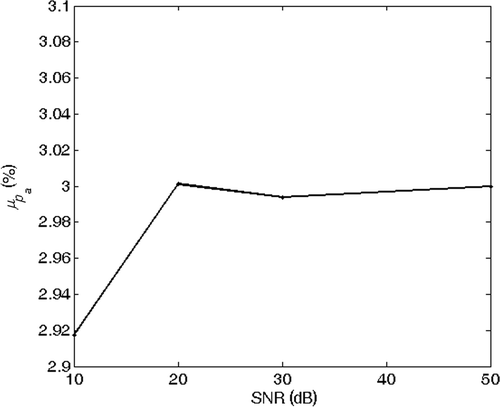
Figure 20. SD of the inverted percentage radius reduction versus SNR. Exact solution: la = 2 m and rap = 3%.
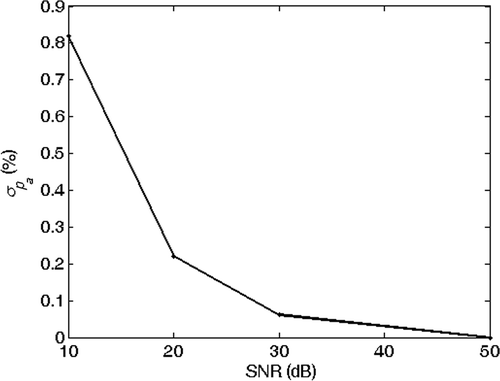
Table 1. Inverted parameters–synthetic data: regular (a) and deformed (b) elements.
Figure 22. Real data for a regular section. The arrows indicate the starting time of the echoes from the joints.
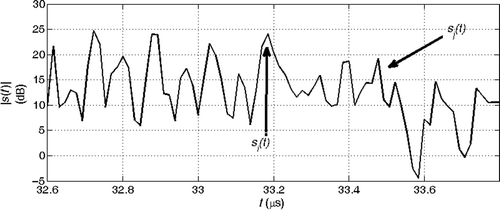
Figure 23. Real data for a deformed section. The arrows indicate the starting time of the echoes from the joints.
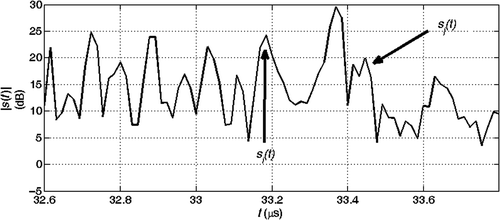
Figure 24. Absolute value of the echoes from the joints at coordinates xi = 84 m and xj = 108 m: real data with regular section.

Figure 25. Absolute value of the echoes from the joints at coordinates xi = 84 m and xj = 108 m: real data with deformed section.

Figure 28. Phase of the spectra ratio of the joints echoes at xi = 84 m and xj = 108 m: real data with regular section.

Figure 29. Phase of the spectra ratio of the joints echoes at xi = 84 m and xj = 108 m: real data with deformed section.
